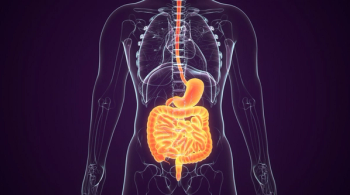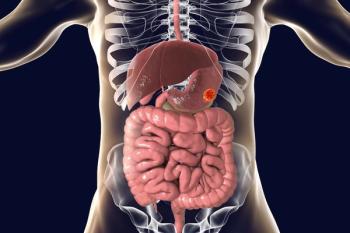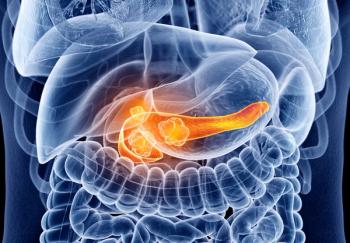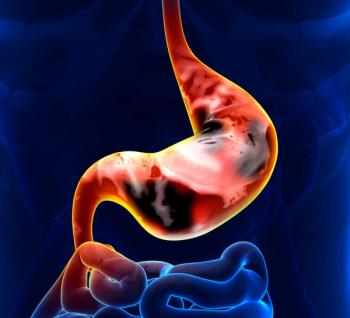
- ONCOLOGY Vol 10 No 9
- Volume 10
- Issue 9
Month-Long Postoperative Radiotherapy and 5-FU Improve Survival in Rectal Cancer
A month of postoperative radiotherapy preceded by radiosensitizing boluses of fluorouracil (5-FU) slashed the recurrence rate and markedly improved survival in patients with Dukes B and C rectal cancer in a study from the Norwegian Adjuvant Rectal Cancer Project Group, presented at the European Cancer Conference (ECCO-8).
A month of postoperative radiotherapy preceded by radiosensitizingboluses of fluorouracil (5-FU) slashed the recurrence rate andmarkedly improved survival in patients with Dukes B and C rectalcancer in a study from the Norwegian Adjuvant Rectal Cancer ProjectGroup, presented at the European Cancer Conference (ECCO-8).
"The effect is comparable to more prolonged, resource-demanding,and toxic regimens, such as the 6-month and 18-month regimensused in the United States today," said Dr. K. M. Tveit ofthe Norwegian Radium Hospital, Oslo.
He called the regimen "a good alternative that can be recommendedin patients with a high probability of local recurrence and ininstitutions where the local recurrence rate with surgery aloneis relatively high--more than 10%."
Subjects randomized to the experimental arm of this 144-patienttrial received 23 fractions of 2 Gy with a three-field technique,starting 4 to 6 weeks after surgery. Patients were treated inthe prone position with a full bladder to minimize toxicity tothe bowel.
In an attempt to achieve an optimal interaction between fluorouraciland radiation, fluorouracil doses of 500 or 750 mg were administered30 minutes before radiotherapy fractions 1, 2, 11, 12, 21, and22.
Five-year relapse-free survival reached 64% in patients who underwentadjuvant therapy, compared with 46% in the surgery-alone patients,Dr. Tveit reported. Five-year overall survival was 64% in theadjuvant therapy group and 49% in the control group.
The incidence of local recurrences, most of which were associatedwith distant metastases, was only 12% in the adjuvant therapyarm vs 30% in the control group, he said.
Except for three cases of grade 3 dermatitis, adjuvant therapywas well tolerated, Dr. Tveit said, emphasizing that there wasno excess incidence of small bowel obstruction in the adjuvanttherapy group.
Articles in this issue
about 29 years ago
Antisense Gene Therapy Trials Underway in Patients With CMLover 29 years ago
BOOK REVIEW: Leukemiaover 29 years ago
Most Terminal AIDS Patients Want to Be Revived if Their Heart Stopsover 29 years ago
Disease Management: State of the Art in Pancreatic Cancerover 29 years ago
How to Better Communicate Cancer Risk to Patientsover 29 years ago
Gemcitabine Shows Promise as Combination Agent in NSCLCover 29 years ago
Data Review Shows Fruits and Vegetables Can Block Major CancersNewsletter
Stay up to date on recent advances in the multidisciplinary approach to cancer.
















































































